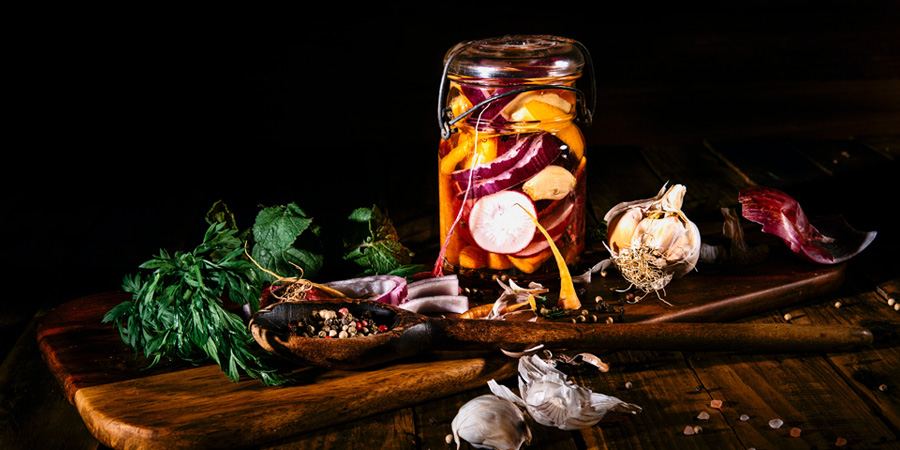Gin is a spirit of wonderful complexity and expressiveness. This is because of the botanicals– herbs, spices, fruits and other delicious things transforming neutral spirit into something quite remarkable. However, despite the wide variety of options available, most gins stick more or less to a particular formula. Of course Juniper must always be present as that is what defines it as gin rather than another botanical spirit, but certainly other common ingredients such as orange peel and coriander are usually somewhere in the mix. Having a thousand gins all taste the same would be pointless though, so luckily there are some that seek out unusual botanicals to bring something genuinely new to the category. Gunpowder tea, coconuts, fresh cream and red ants are just some of the peculiar things used to enliven gins. Is this just a gimmick though, or is there a real purpose to these unusual botanicals?
There are a variety of reasons as to why a producer might want to stand out from the crowd. One big reason is Regionality. Almost all gins start with a neutral spirit as a blank canvas, the botanicals providing the paints. That spirit is typically made in large volumes in an industrial plant. When the foundation of your gin is made rather anonymously, terroir ceases to be a factor. However if your brand story is all about your small town origins in Italy, a hit of basil will bring that to life. Botanicals are often used dried and easily transportable, so even if your gin was not physically made in the country you wish to represent, your nose and tongue will almost certainly not recognise the difference.
Related to this, there are some distillers that are very terroir-driven, and will insist on using botanicals grown as close as possible to their stills. Procera Gin is an example of this, using ingredients such as Pixie Orange and Swahili Lime found in Kenya where their distillery is situated. Staying with regionality, some distillers in particular countries such as Australia and the USA have been pushing to have new distinct categories of gin created which must feature botanicals specific to that country. Others worry that creating new regulations would end up limiting creativity, so it is likely the choice of botanicals will remain up to the distiller for some time.
Another reason for unusual botanicals to be used is rather straightforward experimentation that produced unexpectedly delicious results. There are so many ways to tweak a recipe using even the more common botanicals, yet there are always those pioneers looking to push the boundaries. A lot of these experiments never see the inside of a bottle, but every now and then something like the collaboration between Nordic Food Labs and Cambridge Distillery comes around. After years of studying red wood ants, they determined that the chemical pheromones the ants used to communicate translated to delightful aromas when distilled. In addition, these botanicals make quite a brilliant hook in the brand story.
So should producers always try to add these unusual botanicals? Not necessarily. The ingredients for any recipe have to be chosen and combined carefully to make a harmonious dish, the same goes for gins. Just because chocolate syrup is delicious, doesn’t mean I want it on sushi! Ultimately you could have the best story in the world with the most fascinating rare ingredient, but if it overpowers and unbalances the end result then there is no point to using it.
A producer can also fall into the opposite trap of losing the unusual botanical in the blend. It doesn’t have to dominate, but it certainly should be present. Another problem is that a producer could choose a botanical that may taste nice but conflicts with the brand message. While this can be overlooked with the more common botanicals such as cardamom or citrus peel – most gins will use one or both of these even if they are not native to the country of production – it sends mixed messages. If, for example, your gin extolling the virtues of small-town Italian ingredients features a heavy dose of Japanese shiso leaf.
I’m sure you are now curious to explore some of these unusual botanicals, here are some recommendations:
There are many more out there, too many to list in one article, but I’m sure once you get started looking for gins with different botanicals you will find yourself on a quite wonderful voyage of discovery. Just make sure that the story and the botanicals match up, and you can be reasonably confident of a new experience worthy of your consideration.
Click here to explore more Gins










